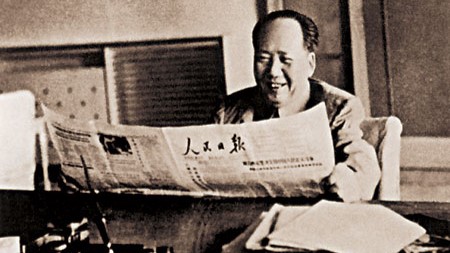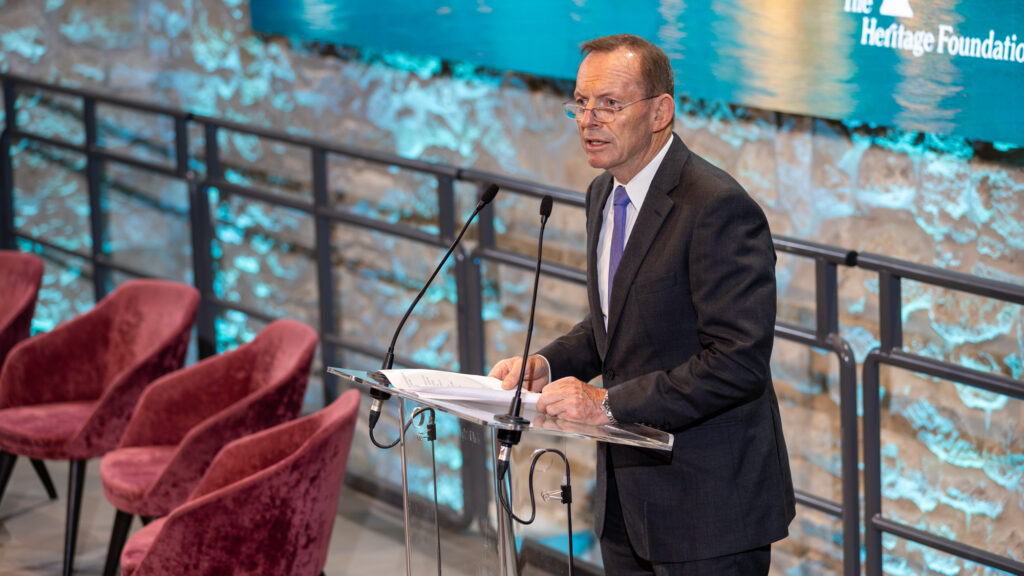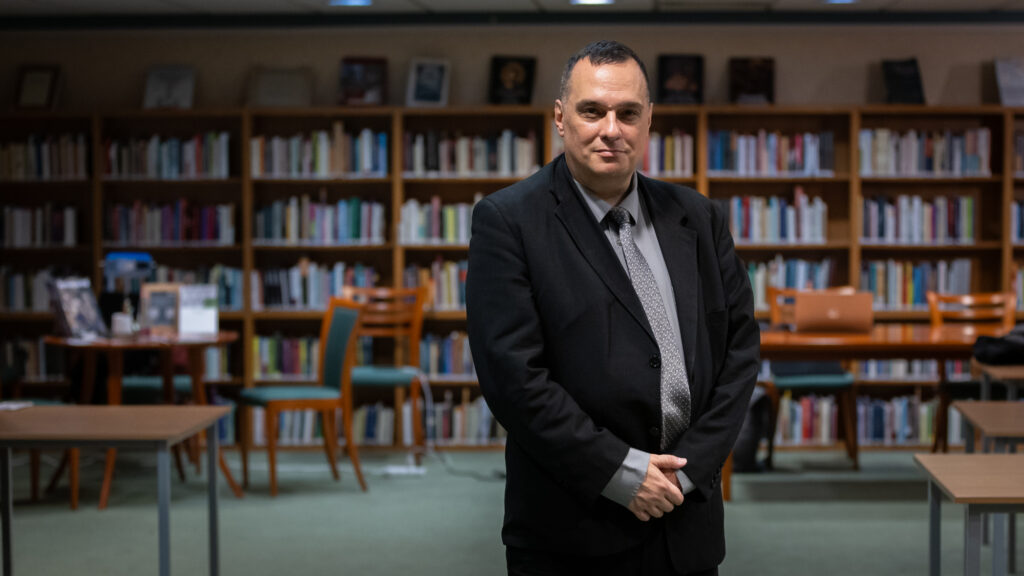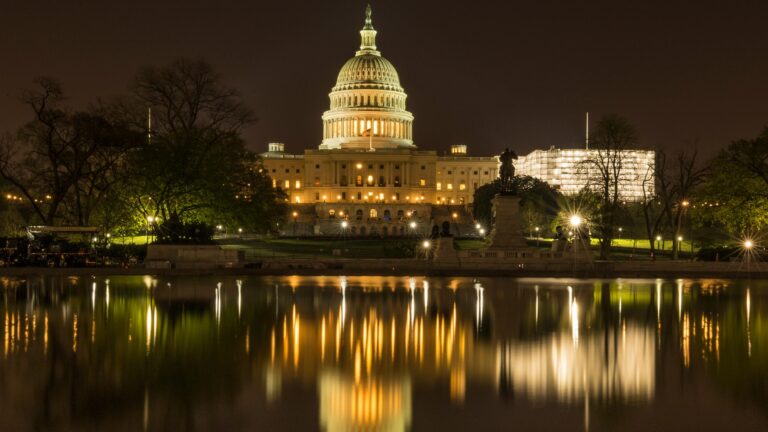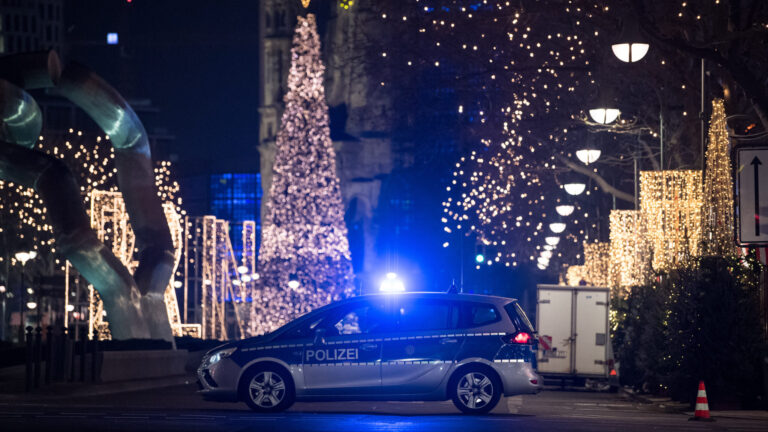Mao Zedong, the Chinese head of state and leader of the Communist Party, approved the policy of the Three Red Banners—namely, the establishment of ‘socialist construction’, the ‘Great Leap Forward’, and ‘people’s communes’—at a Politburo meeting in 1958. The first Five-Year Plan was completed successfully. However, disagreements emerged among the leaders when it came to the objectives of the subsequent plan. They were reluctant to continue relying on Soviet economic and military aid, fearing it would increase dependence on the Soviet Union. On the other hand, there were ideological disputes about the pace of economic development and the measures to monitor and influence the people towards an independent socialist economy. Modernization had to lead to a uniquely Chinese form of communism, not a closer alignment with the West. The Great Leap Forward essentially marked the beginning of Chinese Stalinism; it was a push for accelerated Stalinist industrialization in a country even more backward than Russia.
All this happened exactly 66 years ago. And how did it end?
As it always does with extreme leftist, artificial, top-down social engineering: with the death by starvation of tens of millions.
By the end of 1958, nearly all Chinese peasants had been organized into communes averaging 5,000 households each. All privately owned property was taken for, or contributed to, the communes, and people were not allowed to cook their own food, instead they were forced to eat in communal dining halls.
The Great Leap Forward, begun in 1958, was a campaign to rapidly modernize the country by using China’s vast labour resources in agricultural and industrial projects. The Leap, however, resulted in economic destruction and tens of millions of famine deaths, and was mostly abandoned by early 1962.
Nowadays, Maoist-influenced student movements and protests are increasingly common in major Western universities. Something we never saw coming. Of course, we also know who the ultimate instigator of these far-left, violent and anti-Semitic student riots was and who sent the money. At three colleges, the protests were being encouraged by paid radicals who are ‘fellows’ of a Soros-funded group called the US Campaign for Palestinian Rights (USCPR). The radical group has received at least $300,000 from Soros’ Open Society Foundations since 2017 and also cashed $355,000 from the Rockefeller Brothers Fund since 2019.
The influence of Mao’s Cultural Revolution can indeed be seen as haunting Western universities today. In some respects, Western universities are now experiencing what Eastern European institutions endured under communism.
Consider what is happening at the so-called ‘best’ universities in the world: students in the United States, many of whom cannot even locate Israel on a map, are chanting slogans like ‘intifada’ and ‘from the river to the sea.’ Western universities, which were founded on the principles of Christian liberty, now punish dissenting opinions with dismissal and ostracism, while science and facts are being reshaped to fit desire-driven ideologies.
The parallel between Mao’s strategy and what is occurring on Western campuses is striking.
Just as Mao mobilized youth and turned them against their own parents to enforce ideological conformity during the Cultural Revolution, some of today’s universities seem to be fostering an environment where only a single worldview is acceptable. Those who express contrary opinions often face severe consequences; this stifling of intellectual diversity echoes the oppressive atmosphere that characterized universities under communist rule in Eastern Europe.
But How Is It All Connected?
After the Great Leap Forward and the three years of hardship that followed, a sustained new effort was started to combat superstition in all its forms. This formed part of the Socialist Education Movement that was rolled out in 1963 and that aimed to bring cadre corruption to an end and intensify ideological education; in a sense, it was a prelude to the Cultural Revolution. It also echoed the ‘Three Revolutionary Movements’ (Three Red Banners) that Mao Zedong had identified in 1963.
Mao Zedong indeed utilized party- and ideology-driven activists, providing them with incentives to stir public sentiment within universities. These efforts soon led to protests aimed at conquering what was seen as the strongest bastion of the free world: the universities, which represented the altar of science and knowledge. The goal was to bring these institutions under total ideological control.
This campaign, a central element of the Cultural Revolution, resulted in the deaths of an estimated 1 to 2 million people, including many teachers, scientists, and intellectuals who did not share Mao’s or the Communist Party’s worldview. The intellectual class, particularly those in academia who were seen as resistant to Mao’s ideology, was specifically targeted. The Cultural Revolution sought not only to reassert Mao’s authority but also to reshape Chinese society by eradicating any perceived opposition to Communist doctrine, particularly within the realm of higher education and intellectual thought.
The failure of the ‘Three Red Banners’ policy brought about significant criticism of Mao Zedong, which in turn threatened his political authority. Moderates within the Chinese Communist Party began to assume control over economic management, introducing more restrained reforms that included elements of a market economy.
The launch of the Cultural Revolution was intended to reassert Mao’s dominance, to eliminate his opponents within the Party, and to rekindle revolutionary fervour. During it, Mao’s supporters, particularly the Red Guards, attacked and removed his political adversaries, including those who had criticized him for the failure of the ‘Three Red Banners’ policy.
In summary, Mao’s Cultural Revolution was closely linked to his desire to preserve his power and eliminate political opponents who had gained confidence following the failure of the ‘Three Red Banners’ policy.
And this is a truly instructive story for today’s woke far-left protestors.
It reveals the intellectual lineage of their leaders and financiers, and exposes the nature of contemporary progressive ideologies.
Just as in Communist China during the 1960s, the movements in the United States in the 2020s are not about freedom, modernity, or the promise of a brighter future. Rather, they are driven by the dangerous and extreme dreams of malevolent, wealthy, and disturbed individuals, who are determined to force their agenda upon the public and crush anyone who dares to oppose them.
Even the tactics remain the same: seize control of institutions, the media, universities, and politics. Organize under the guise of grassroots movements, cloaked in civil and youth activism, and then seize power. The sad news for these communists in disguise is that we see through this, and I believe most people in the West do as well. What the outcome of the struggle between ‘Maoists’ and normies will be depends to a great extent on who Americans elect this November.
Related articles:

